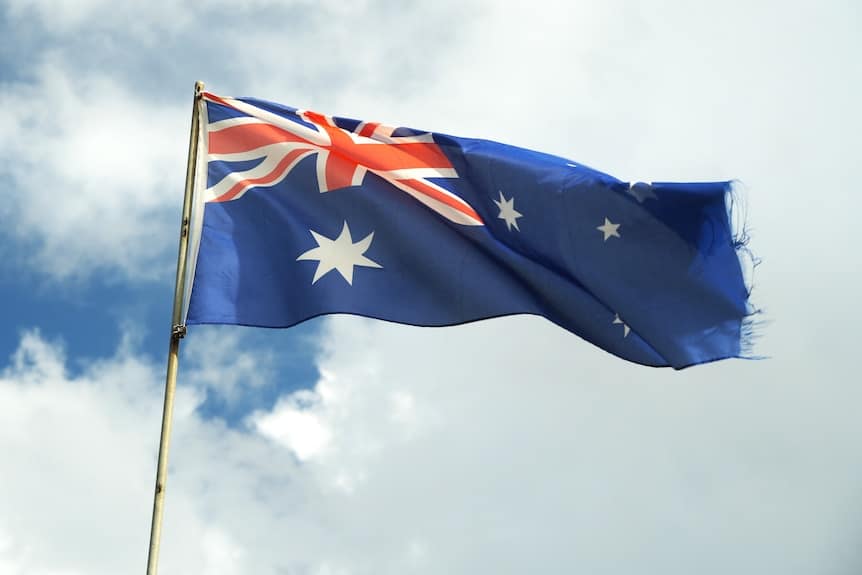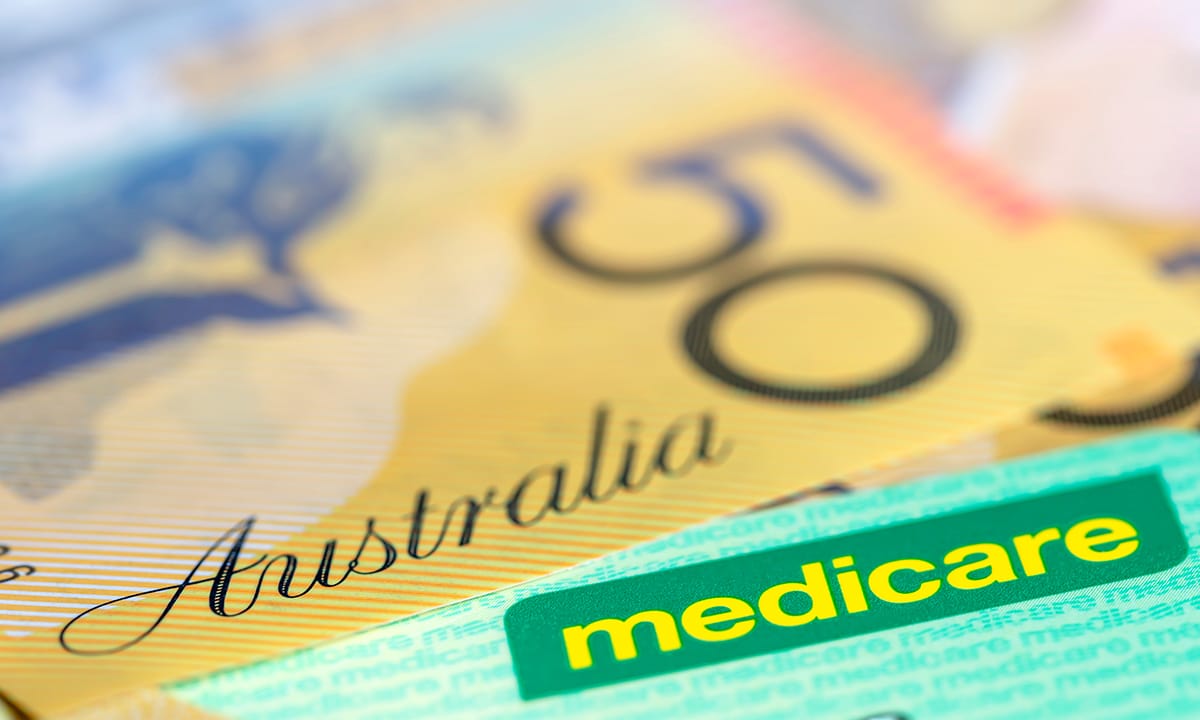Public holidays in Australia are more than just cherished days off—they are cultural touchstones, regional celebrations, economic stimulants, and reflections of a diverse national identity. From the iconic fireworks of Australia Day to the solemn dawn services of Anzac Day, these holidays shape the social fabric of the country in powerful and multifaceted ways. According to the Australian Government’s Fair Work Ombudsman, the nation observes seven standard national public holidays, but the full calendar varies by state and territory, creating a colorful mosaic of traditions and long weekends across the country. In fact, as Australia.gov.au notes, each region has unique holidays tailored to local history and culture.
Beyond their ceremonial value, public holidays have real and measurable impacts on people’s lives and the economy. For example, the Australian Bureau of Statistics (ABS) reports increased consumer activity and domestic tourism during long weekends, contributing billions of dollars annually to local businesses. Public holidays in Australia also contribute to community cohesion, as evidenced by massive national participation—more than 100,000 people attended Anzac Day dawn services in 2023 alone, according to the Australian War Memorial. At the same time, these days serve as key moments for civic reflection, as the conversation around the date of Australia Day continues to evolve, with SBS News reporting that 40% of Australians support changing the date.
Different regions embrace their own unique rhythms. In Queensland, for example, the beloved Ekka Show Day attracts over 400,000 visitors, as noted by Brisbane City Council, highlighting how state-based public holidays drive tourism and local pride. Similarly, South Australia commemorates Proclamation Day on December 28, a reflection of its colonial heritage, detailed by South Australian Government. These differences mean that while the core holidays are shared, the ways Australians experience their public holidays can vary dramatically depending on geography.
The holiday calendar also intersects with the economy in complex ways. Workers in sectors like hospitality, transport, and healthcare often receive penalty rates, which are clearly outlined by the Fair Work Commission. These higher wages compensate for working on holidays but also represent significant costs for employers. On the other hand, retail sales surge—especially during holidays like Christmas and Easter—with the Australian Retailers Association estimating holiday spending reached $28.2 billion in 2022. Leisure activities tied to public holidays, like sporting events and barbecues, reflect national character while also boosting sectors like entertainment and food service.
Perhaps most importantly, public holidays in Australia contribute to well-being. According to the Australian Institute of Health and Welfare, nearly 87% of workers report improved mood and emotional balance after long weekends, underscoring the mental health benefits of breaks from the daily grind. Yet, challenges remain—long weekends often see a rise in road accidents, as reported by the Bureau of Infrastructure and Transport Research Economics, prompting annual safety campaigns.
In every way—culturally, economically, socially—public holidays in Australia offer rich insights into how Australians live, work, and celebrate together. They are moments of pause that reveal the nation’s deeper pulse.
A Cultural Calendar: Understanding Australia’s National Public Holidays
A Snapshot of the Nation’s Calendar
Public holidays in Australia reflect a diverse blend of cultural, historical, and civic commemorations. The country observes seven national public holidays, including New Year’s Day, Australia Day, Good Friday, Easter Monday, Anzac Day, Christmas Day, and Boxing Day. These days are officially recognized across all states and territories, although the way they are celebrated can differ widely.
Australia Day and National Identity
Australia Day, celebrated on January 26, marks the arrival of the First Fleet in 1788. It remains controversial, as many Indigenous Australians consider it a day of mourning. In 2024, over 40% of Australians supported moving the date to promote unity, according to an Essential Research poll.
Anzac Day: Honoring the Fallen
Observed on April 25, Anzac Day is a solemn tribute to Australian and New Zealand Army Corps members who served and died in wars. In 2023, more than 100,000 people attended dawn services across Australia, with the largest gatherings in Canberra, Sydney, and Melbourne.
Religious Observances and Secular Days
Good Friday and Easter Monday are Christian holidays recognized nationwide. Though Australia is largely secular, 52% of Australians identified with a religion in the 2021 census, which explains the continued relevance of Christian holidays.
Holiday Participation and National Unity
Public holidays in Australia are more than just days off—they foster national unity and reflect shared values. According to the ABS, more than 70% of Australians participate in public events or community gatherings on these holidays. Indeed, public holidays in Australia provide essential markers of cultural cohesion and collective memory.
Regional Rhythms: How Public Holidays Vary Across States and Territories
A Patchwork of Dates
While national holidays are observed countrywide, each state and territory has additional holidays that reflect local culture and history. For instance, Victoria celebrates the Melbourne Cup Day, while Western Australia honors Western Australia Day on the first Monday of June. These variations highlight the localized flavor of public holidays in Australia.
Queensland and the Ekka
Queensland celebrates the Royal Queensland Show (Ekka) in August, with Brisbane residents getting a day off for the event. In 2023, over 400,000 visitors attended the Ekka, boosting local tourism and showcasing Queensland’s agricultural roots.
South Australia’s Proclamation Day
On December 28, South Australia observes Proclamation Day to commemorate the establishment of government in the region. Though lesser known nationally, it holds historic importance locally. It’s a reminder that public holidays in Australia can be deeply tied to state-specific narratives.
Labour Day Celebrations
Labour Day is observed in all states but on different dates: March in Western Australia, May in Queensland, and October in NSW and SA. The holiday honors the eight-hour workday movement and remains a symbol of workers’ rights. Union parades draw tens of thousands each year.
Holiday Discrepancies and Travel Patterns
According to Tourism Research Australia, over 12 million domestic overnight trips were taken during state-based public holidays in 2022, illustrating how varied calendars can affect travel and commerce. These patterns show the tangible impact of regional holiday differences on Australian life.
Tradition Meets Leisure: Celebrating the Aussie Way
BBQs, Beaches, and Backyard Cricket
Many public holidays in Australia are synonymous with leisure activities. Barbecues, beach outings, and backyard cricket are quintessential pastimes. A survey by Roy Morgan in 2023 found that 67% of Australians prefer spending public holidays relaxing outdoors with family and friends.
Australia Day Festivities
Despite its controversies, Australia Day remains a widely celebrated event. In 2024, more than 300 official events were hosted nationwide, including fireworks, concerts, and citizenship ceremonies. It’s estimated that 7 million Australians participated in some form of celebration.
Christmas Traditions Down Under
Christmas in Australia often includes seafood feasts, outdoor lunches, and swimming due to the summer heat. In 2022, over 16 million Australians celebrated Christmas, spending approximately $28.2 billion on gifts, food, and travel, according to the Australian Retailers Association.
Sporting Events and Holiday Culture
Sport is another major feature of holiday celebrations. Events like the Boxing Day Test match in Melbourne, which drew over 60,000 spectators in 2023, showcase how public holidays intertwine with national sports culture.
Volunteerism and Community Spirit
Holidays also serve as opportunities for community service. On Anzac Day 2023, over 25,000 volunteers supported events across the country. This civic engagement reflects how public holidays in Australia offer more than just relaxation—they also strengthen communal bonds.
The Economic and Social Impact of Public Holidays in Australia
Boost to Domestic Tourism and Retail
Public holidays in Australia create spikes in domestic tourism and retail spending. According to Tourism Research Australia, public holiday weekends generated $4.5 billion in domestic tourism revenue in 2023. Shopping centers and online retailers also report a 15–20% increase in sales during major holidays.
Workforce and Wage Considerations
Employees working on public holidays are entitled to penalty rates. According to Fair Work Australia, these rates can be 1.5 to 2.5 times the base pay. This significantly impacts industries like hospitality and healthcare, where staffing is essential even on holidays.
School Calendars and Education
Public holidays align with school breaks and exam schedules. In 2023, over 3.9 million students in primary and secondary schools benefitted from long weekends and breaks during public holidays, providing essential downtime for families and educators alike.
Mental Health and Work-Life Balance
Holidays contribute positively to mental health. The Australian Institute of Health and Welfare reports that 87% of working Australians feel more relaxed and emotionally recharged after public holidays. This underscores the wellness benefits associated with these designated breaks.
Traffic, Infrastructure, and Public Safety
While holidays boost the economy, they can strain public services. In 2022, road fatalities rose by 21% during long weekends, according to the Bureau of Infrastructure and Transport Research Economics. Safety campaigns now run alongside holidays to mitigate such risks. Despite challenges, public holidays in Australia play a critical role in the nation’s rhythm, economy, and wellbeing.




